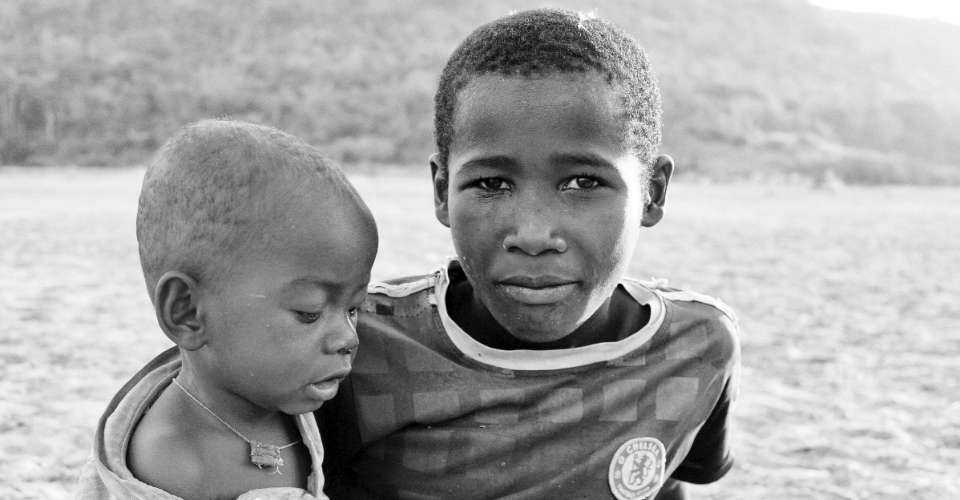
Two children are seen posing for a photograph. (Photo supplied)
On November 16, 2023, the people of Madagascar went to the polls to vote for their president. Madagascar, one of the world’s largest islands, located in the Indian Ocean off the coast of southern Africa, has an area of 591,896 sq. km. Its population was estimated at 29.61 million in 2022.
Fifty percent are under 20 years old; women account for 50.6 percent of the population.
Seventy-eight percent of the population live in rural areas and 22 percent in urban areas. Malagasy and French are the country’s official languages.
The former is taught as the national language in elementary school; the latter is spoken by 20 to 26.5 percent of the population. It should also be noted that there is a wide variety of local vernacular languages, such as Betsimisaraka, Merina and Sakalava.
Socioeconomically, Madagascar is ranked 164th out of 189 by the Human Development Index. In 2020, it experienced negative growth (from an initially projected rate of +5.2 to -4.2 percent), affecting the poverty rate ($1.90 per day).
Madagascar suffers from poor economic growth and persistent poverty. Nearly half of the population does not have access to clean water.
By 2022, the country had one of the highest poverty rates in the world, as much as 75 percent nationwide. This situation is largely due to weakness in governance and the inadequate development of human and physical capital. Poverty is also caused by slow structural transformation.
Despite its natural wealth, Madagascar has experienced the world’s greatest process of impoverishment since 1960.
Between 1960 and 2020, the country’s per capita income declined by 45 percent.
Experts say that the little progress made during periods of relative stability was almost systematically erased by subsequent crises, adding that a lack of transparency at the center of power and the lack of effective governance by elites have contributed greatly to this situation.
More than half of the country’s economy is informal and not regulated. In addition, the private sector is too small and uncompetitive, characterized by low levels of investment. More than 90 percent of the working-age population is still engaged in subsistence agriculture and informal services. There is also the burden of corruption, which still plagues the country.


